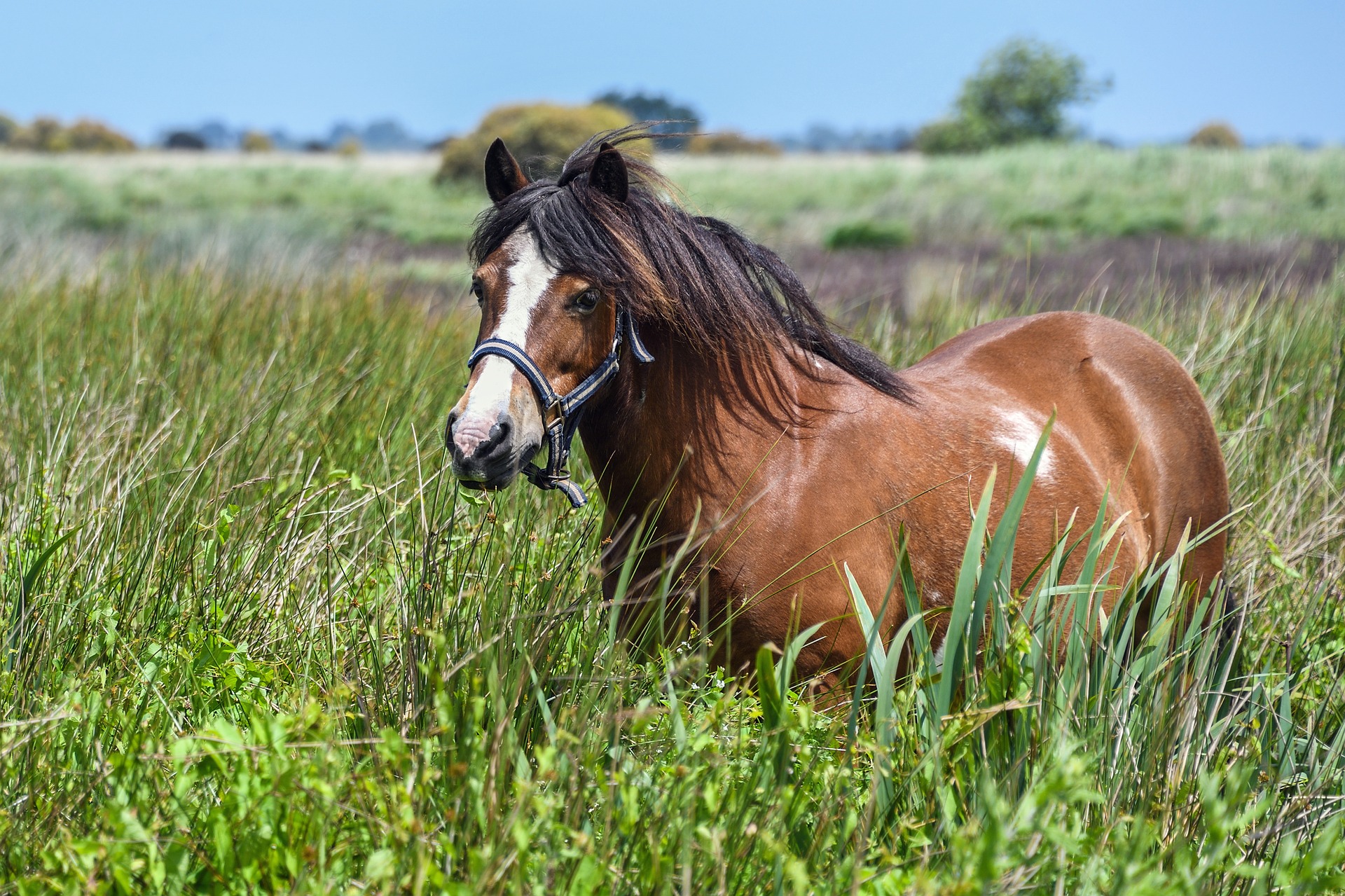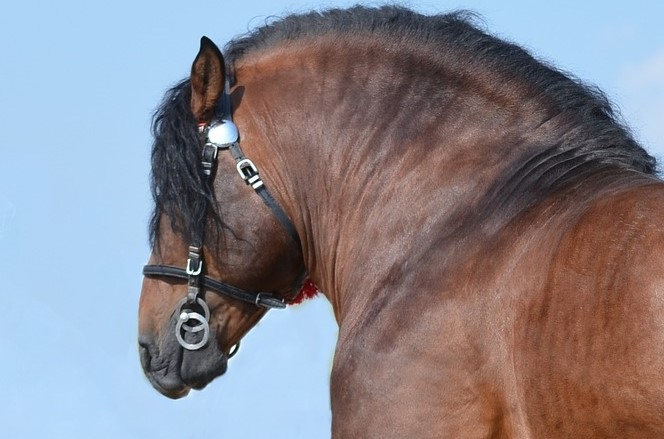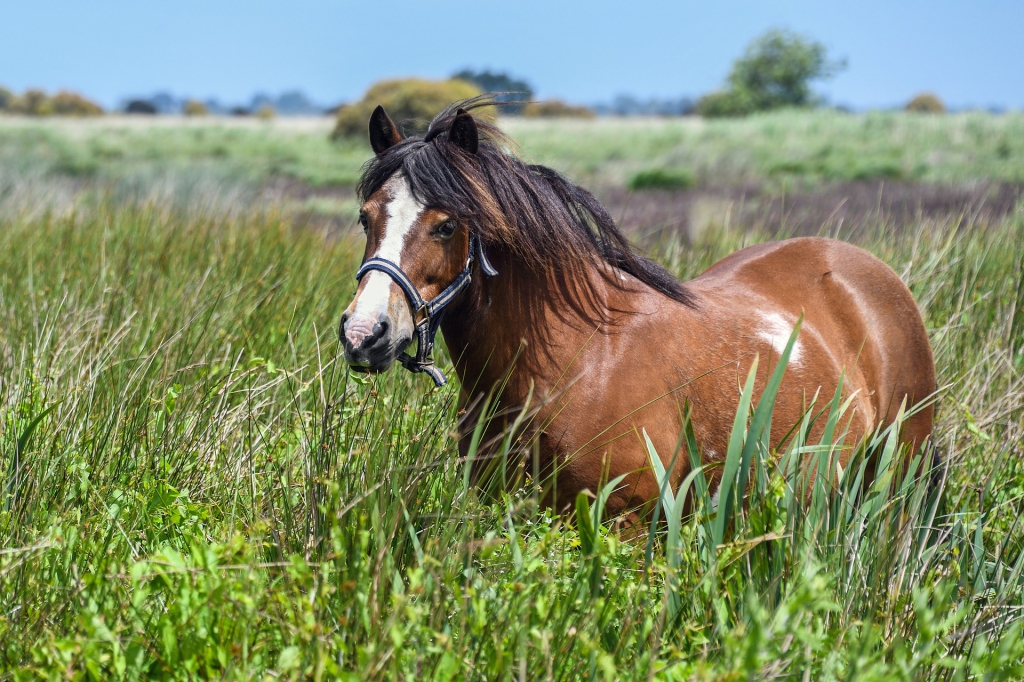
Sometimes when we as horseman see our horses on a routine basis, it can be easy to overlook that thickened, cresty neck or the fat pads that have developed on either side of their tail head. We recognize that it has been quite a while since we’ve been able to palpate any evidence of their ribs, but what other physical indicators do we use as veterinarians to assess the body condition of our patients? With the significant increase in metabolic laminitis cases seen on a national level, now more than ever, it is important to ensure our horses remain a healthy weight.
As a veterinarian, the first indication that I may be dealing with a horse in metabolic crisis is not their enlarged abdominal girth but instead is the thickened, hardened appearance to their crest. The crest is the region directly under the horse’s mane along the topside of their neck. A normal crest palpates soft, fluctuant, and homogenous to the surrounding tissue and muscle. The crest on a horse in metabolic crisis becomes hardened, like the density of cauliflower. The crest can also become wider and more visually pronounced in severe cases. As the metabolic disease process progresses, horses can develop regional adiposity, also known as the accumulation of fat pads throughout their body. These pads of adipose tissue most commonly develop behind the shoulder blades on either side of the withers and on either side of the tail head. In severe cases, adipose pads can develop along either side of the thoracolumbar spine and in the girth region. A horse of a healthy weight has no evidence of regional adiposity, with rib coverage that allows for palpation of each individual rib but not the visual distinction of each rib.

Body condition scoring in horses is commonly done using the Henneke System. This scoring system was developed in 1983 and has been accepted throughout the international equine industry as a standardized means to assess adiposity in horses. The scores range from 1 to 9 with a score of 1 being associated with extreme emaciation and a score of 9 correlating to extreme obesity. Below is an outline of the individual scores:
Poor: Grade 1 – Extreme emaciation; no presence of fatty tissue, all bony prominences including withers, shoulder blade, dorsal spinous processes, ribs, pelvis and sacrum are all clearly visible.
Very Thin: Grade 2 – Emaciated; slight tissue cover over bony prominences but withers, shoulder blade, dorsal spinous processes, ribs, pelvis and sacrum are all clearly visible.
Thin: Grade 3 – Slight accumulation of adipose tissue; bony prominences are no longer clearly discernible; some fill over withers, shoulders and throughout the neck, ribs still visible.
Moderately Thin: Grade 4 – Ridge of spine and withers are still visibly pronounced, ribs still visible, some accumulation of adipose tissue over the shoulders and through the neck and tail head region.
Moderate: Grade 5 – Spine and ribs cannot be visibly differentiated although ribs can be palpated, tail head is soft and squishy; withers, shoulders and neck are smooth and rounded.
Moderately Fleshy: Grade 6 – slight crease down the spine, tail head is still soft and squishy, regions of adipose accumulation are present on either side of the withers and through the crest, most ribs can still be palpated but not all of them.
Fleshy: Grade 7 – a crease is present along the spine, the ribs have fat filling between them, tail head is still soft, regions of adipose accumulation are pronounced through the crest and on either side of the withers.

Fat: Grade 8 – a definite crease is present along the spine (aka. “drainage ditch”), it is difficult to feel any ribs, soft adipose tissue surrounds the tail head, the neck/crest is quite enlarged and there is adipose accumulation on the inner aspects of the hind limbs as well as behind the shoulder blades.
Extremely Fat: Grade 9 – the “drainage ditch” collects water when it rains, there is bulging adipose accumulation on top of the ribs, behind the shoulders, through the crest and on either side of the tail head. Accumulated abdominal fat is also present on the underside of the flank.
To confirm your horse is in optimal health, it is important to be able to accurately grade your horse’s body condition. An ideal range is between 4-6, depending on the breed and usage of your horse. If your horse falls outside of this range, it is important to discuss the nutritional components of your horse’s diet with your veterinarian to decrease the risks associated with equine obesity and ensure your horse isn’t deficient in necessary nutrients.







No comment yet, add your voice below!